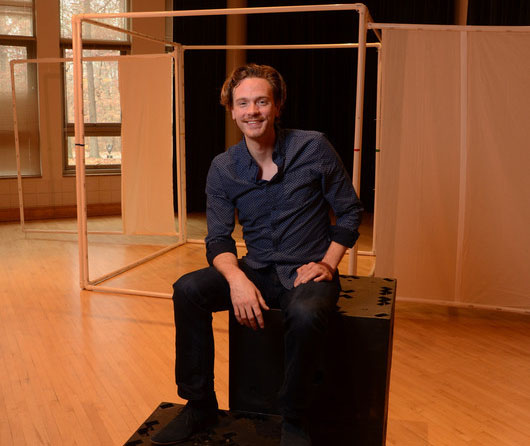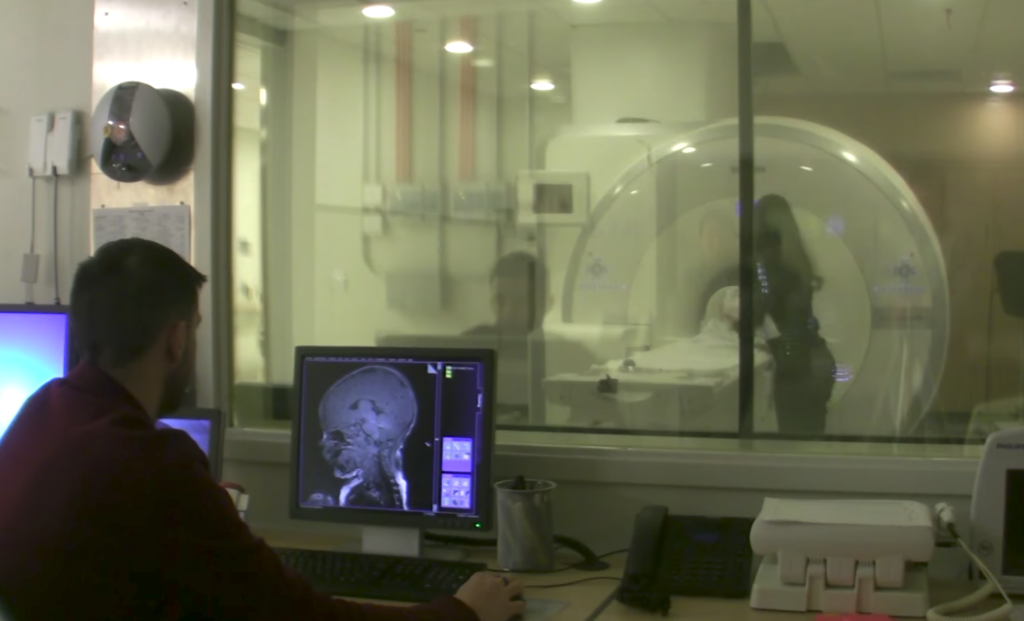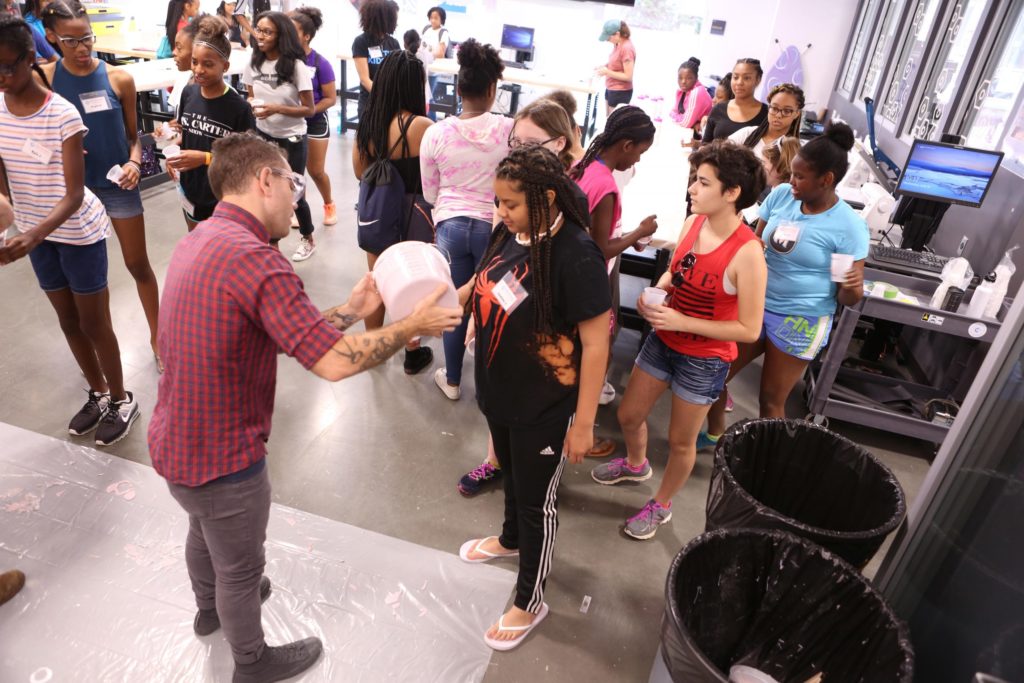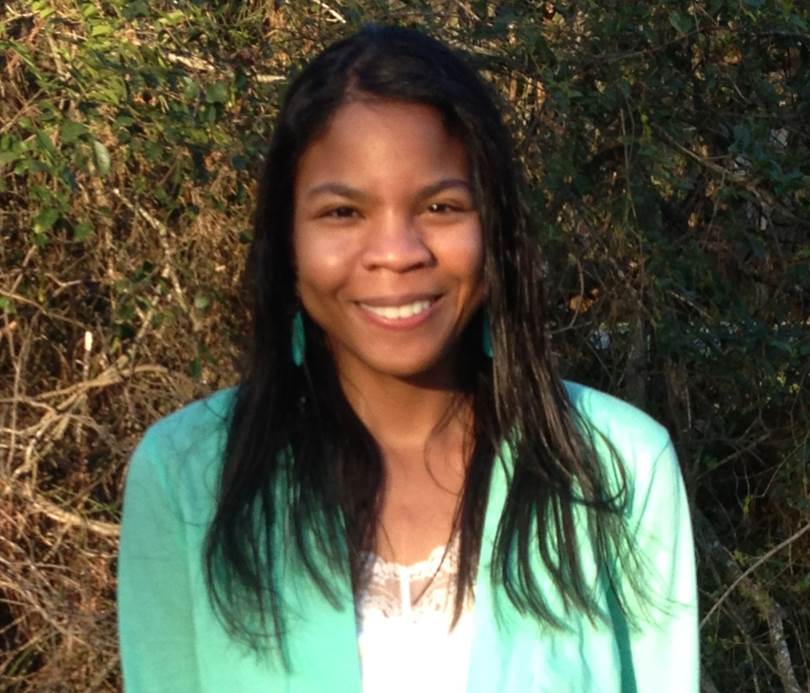The work of nine artists completing their master of fine arts degrees at the University of North Carolina at Chapel Hill will be on display at the Ackland Art Museum from April 25 through June 1. Lauren Turner curated the group show, called “Parts of the Sum: MFA 2014.”
A free, public opening reception will be held at the museum from 6 to 8 p.m. Thursday, April 24, “Parts of the Sum” examines dynamics between individual items and the notion of a “whole” by exhibiting works that divide, reduce, combine or collide material elements. Rather than neatly coming together like a puzzle that forms one definite image, the works on view highlight the myriad ways in which fractional parts can interact with and influence one another. Included in the exhibition are works by Ben Alper, Michael Bramwell, Isabel Cuenca, Minjin Kang, Cody Platt, Meg Stein, Lile Stephens, Antoine Williams and Connie Zamorano.
Included in the works on display:
-
Alper’s “An Index of Walking” chronicles his ongoing task to explore the elusive and “enigmatic intersection of memory, place, and perception” through his completion of the same daily walk over the course of a year during which he created one photograph per walk.
- In his “Unsayable” series, Bramwell offers 23 watercolor studies of strangers’ hands signing letters from American Sign Language. Bramwell obscured the text and echoed the “mispronunciations” of non-native signers to illustrate that “concepts like ethics and aesthetic value are beyond the capacity of language to express and have to be demonstrated rather than said.”
- Cuenca presents a selection of untitled cyanotypes created by the lapping waves of Jordan Lake exposing the necessary chemicals over the paper. The final products are an idiosyncratic approach to depicting landscape..
- In her series “Not Part of Sale,” Kang photographs rooms and homes slowly emptied of personal items by estate sales in her effort to “take portraits without people.”
- Platt includes two of his mixed-media sculptures created from assorted craft supplies and found objects that reflect his ambivalence toward his body. The forms “create my own history in order to define my own identity, without limitation or expectation.”
- Stein’s two untitled sculptures and animation are inspired, in part, by surrealism and its “strategy of inserting a surprising combination of seemingly disparate parts so the viewermight be shocked into accessing her own unconscious emotions and thoughts.”
-
Cody Platt, British, born 1990: “Self-portrait,” 2013/14; mixed media. Courtesy of the artist.
Stephens’ “Adversaries” installation demonstrates his distinction between the separate uses for technology as media and as hardware. By appropriating both new and obsolete hardware to his own experimental media ends, he expands its potential past merely being “static objects, but ones that will be combined with varying imagery again and again to deliver new worlds and environments.”
- In his “Gods of Dysfunction” series, Williams employs the juxtaposition of collage to examine race and class. By combining scientific illustration with studies of posed black men, he populates the world with chimeras intended to personify dysfunction and exploitation.
- Zamorano explores the concept of individuality in her series “Hi, my name is…” in which she followed with a pencil on sheets of paper the walking paths of each individual ant from an ant farm. Because ants are often viewed as cogs in an ant colony, her drawings attempt to describe the insects as more than just parts of a collective.




